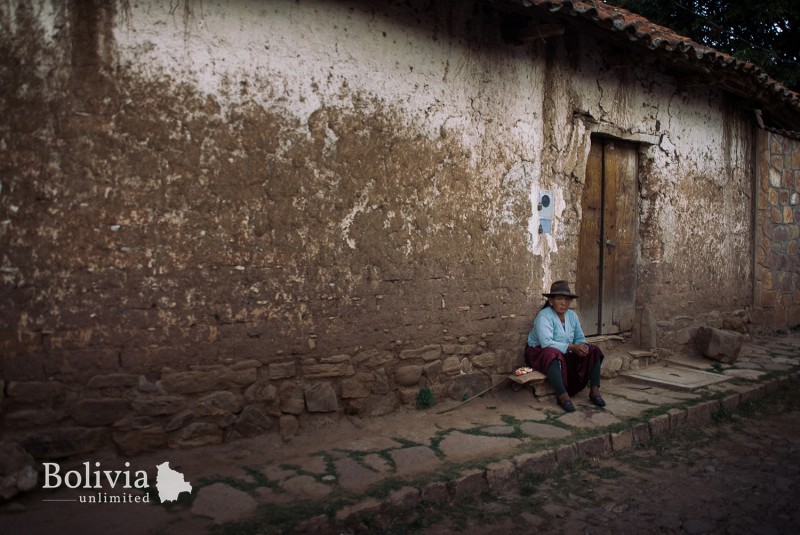Torotoro

23 May, 2018 | Niahm Elain
Photos: Niahm Elain

We clamber, bleary-eyed, onto the minibus that will take us from Cochabamba to our final destination. On the bus’s sliding door, an enormous picture of a roaring Tyrannosaurus rex identifies our destination. We discover that Torotoro, a small village in the centre of the national park with which it shares its name, really capitalises on this brand: giant plastic T. Rexes lurch out from roofs and tower over park benches; one even bursts through the glass doors of the town’s council hall.
A new day dawns and our guiding light is Redi, who will show us the El Vergel route. Behind his sunglasses lie a wealth of Cretaceous knowledge and dinosaur puns. He informs us that dinosaurs roamed the site that is now known as Torotoro sometime before Christ. We ask him when did Torotoro as a village come to exist. Again, he says, sometime before Christ.

After two hours of trekking, we are huffing and puffing. It is time for another break. It is definitely time for more snacks. The next 40 minutes of walking bring us through the canyon and to a misty waterfall cascading down onto enormous rocks, etched with the names of past toroteño tourists. We stare for a bit, we eat another guava each (‘dinosaur snacks,’ Redi calls them). The bravest of us wades into the Edenic pool into which the waterfall pours. Redi comes to sit very close and starts reading facts about dinosaurs to me from what can only be an illustrated children’s book. It is time to leave.

Near the trail’s end, we have a beer (‘dinosaur fuel,’ Redi calls it) in a lone ramshackle café atop the canyon cliff. We take in the breathtaking panorama before heading back to the village.
With the sun flooding the cold, blue mountains the next morning, we start on the long road back home. Or the ‘dinosaur road,’ as Redi would have called it.








